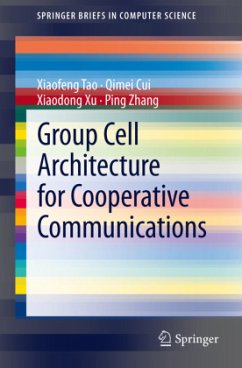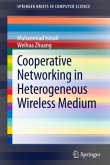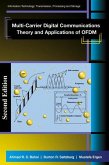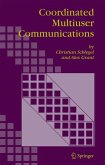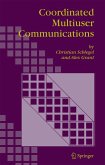Driven by the increasing demand for capacity and Quality of Service in wireless cellular networks and motivated by the distributed antenna system, the authors proposed a cooperative communication architecture-Group Cell architecture, which was initially brought forward in 2001. Years later, Coordinated Multiple-Point Transmission and Reception (CoMP) for LTE-Advanced was put forward in April 2008, as a tool to improve the coverage of cells having high data rates, the cell-edge throughput and/or to increase system throughput. This book mainly focuses on the Group Cell architecture with multi-cell generalized coordination, Contrast Analysis between Group Cell architecture and CoMP, Capacity Analysis, Slide Handover Strategy, Power Allocation schemes of Group Cell architecture to mitigate the inter-cell interference and maximize system capacity and the trial network implementation and performance evaluations of Group Cell architecture.
From the reviews: "Coordinated multi-point (CoMP) is the name of a new communication scheme that allows dynamic coordination among multiple geographically separated transmission points in a wireless communication network. ... In this monograph, the authors claim that the ideas of CoMP were already covered in a 2001 Chinese patent on group cell architecture. ... researchers in the field of coordinated multi-point transmission may find the presented results interesting." (Klaus Galensa, ACM Computing Reviews, October, 2012)

